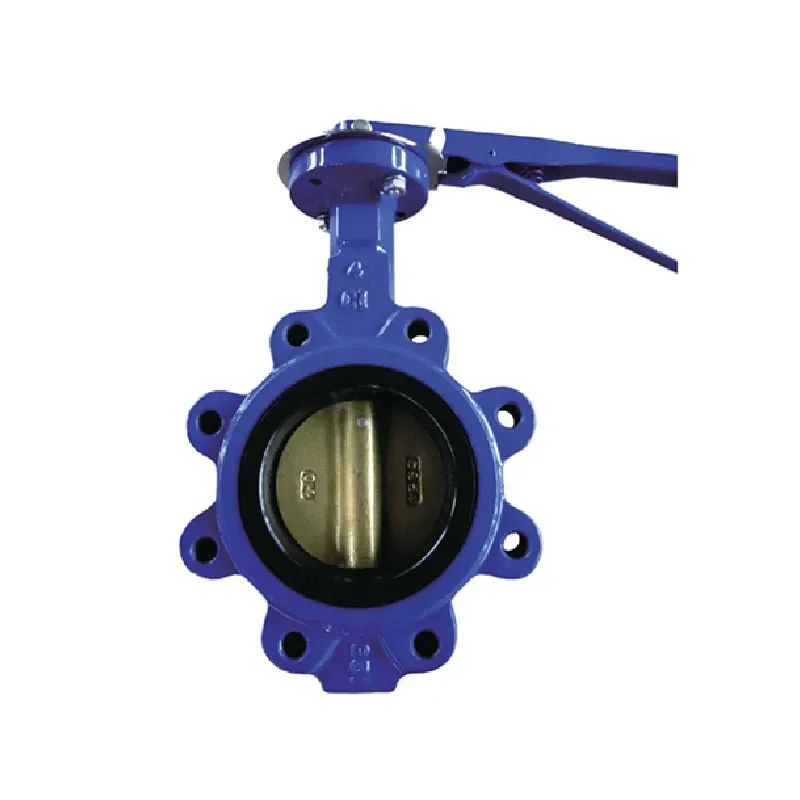דצמ . 11, 2024 09:59 Back to list
Understanding the Importance of Lift Check Valves in Fluid Systems
Understanding Lift Check Valves Function, Design, and Applications
Lift check valves are essential components in various fluid handling systems, ensuring the smooth flow of liquids and gases while preventing backflow. These valves operate based on the principle of gravity and fluid dynamics, providing efficient performance in numerous applications ranging from industrial piping to residential plumbing.
Functionality of Lift Check Valves
The primary function of a lift check valve is to allow the forward flow of fluid while preventing backflow, which can cause damage to pipes, equipment, and overall system functionality. When fluid flows in the allowed direction, it lifts a disc, or a ball, inside the valve, enabling the fluid to pass through. Once the fluid flow stops or reverses, gravity or spring action pushes the disc back down, sealing off the valve and preventing any reverse flow.
This design is particularly effective in applications where the risk of backflow is significant. For instance, in water supply systems, lift check valves can protect pumps and prevent contamination of the water supply by ensuring that water only flows in one direction.
Design Characteristics
Lift check valves come in various designs, but they typically consist of a few essential components the body, seat, disc, and the mechanisms for lifting the disc. The body forms the main structure of the valve and is usually made from materials such as brass, stainless steel, or PVC, depending on the application and the type of fluid involved.
The seat is the surface against which the disc seals when the valve is closed. A well-designed seat is essential for ensuring that the valve can effectively prevent backflow. The disc, often in the form of a spherical ball or a flat circular plate, is the moving part that lifts to allow flow and drops to seal off the valve.
One of the critical design considerations when selecting a lift check valve is the pressure drop. Lift check valves generally have a higher pressure drop compared to swing check valves due to their lifting mechanism. Therefore, it is vital to evaluate the system's pressure conditions before incorporating these valves to ensure optimal performance.
lift check valve

Applications
Lift check valves find applications across a wide range of industries. In water treatment facilities, they are crucial for managing the flow and protecting the equipment from backflow, which can introduce contaminants into the clean water supply. Similarly, in firefighting systems, these valves help control water flow and prevent potential backflows that could compromise the integrity of the fire suppression system.
In the oil and gas sector, lift check valves are employed in pipelines and refineries to ensure that the flow direction of hydrocarbons is maintained. Backflows in these systems can not only reduce efficiency but also pose environmental risks, making reliable check valves indispensable.
Moreover, lift check valves are prevalent in HVAC systems where they prevent the backflow of chilled or heated water, ensuring that temperature control is maintained efficiently. This application underscores the versatility of lift check valves across distinct industries, providing critical support in both residential and industrial settings.
Maintenance and Best Practices
Regular maintenance is essential for lift check valves to ensure their optimal performance and longevity. It is advisable to routinely inspect the valves for signs of wear, corrosion, or buildup of debris that could hinder movement. Automatic systems and internet-of-things (IoT) technologies are increasingly being integrated to monitor valve performance continuously, providing real-time data on valve conditions.
Furthermore, when installing lift check valves, it is crucial to adhere to the manufacturer's specifications regarding orientation and placement. Improper installation can lead to increased wear and potential valve failure, resulting in costly downtimes and repairs.
Conclusion
In conclusion, lift check valves serve a crucial role in numerous fluid transport systems, ensuring that fluids flow in the desired direction while preventing backflow. Their design and functionality make them essential for maintaining the integrity and efficiency of various applications across multiple industries. By understanding their operation, applications, and maintenance practices, engineers and technicians can effectively incorporate lift check valves into their systems, safeguarding equipment and promoting operational efficiency.
Share
-
Reliable Wafer Type Butterfly Valves for Every IndustryNewsJul.25,2025
-
Reliable Flow Control Begins with the Right Ball Check ValveNewsJul.25,2025
-
Precision Flow Control Starts with Quality ValvesNewsJul.25,2025
-
Industrial Flow Control ReliabilityNewsJul.25,2025
-
Engineered for Efficiency Gate Valves That Power Industrial PerformanceNewsJul.25,2025
-
Empowering Infrastructure Through Quality ManufacturingNewsJul.25,2025